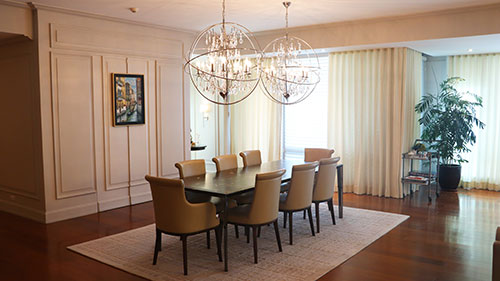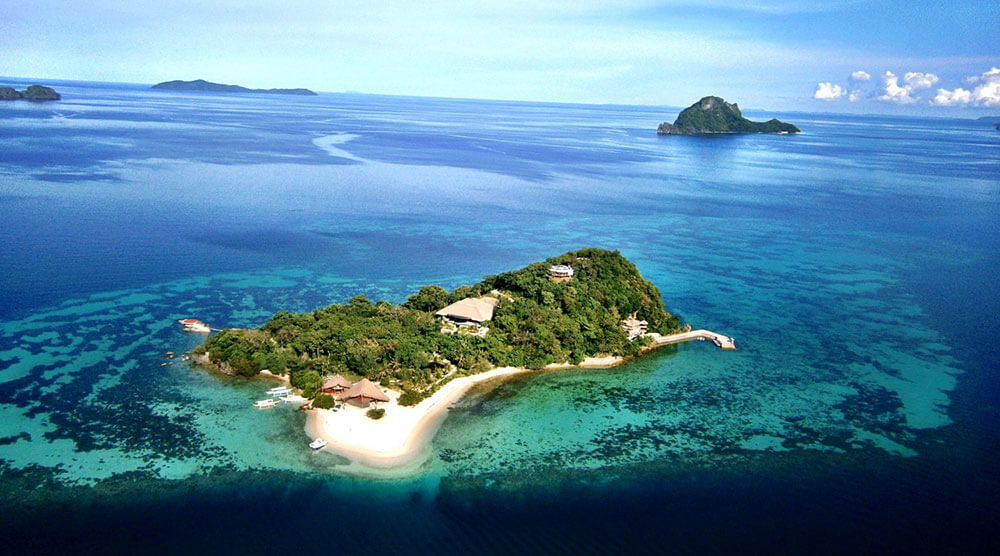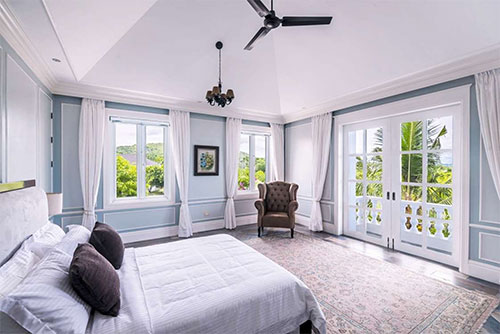How will the effects of COVID-19 loom over the residential real estate market in 2021? Unlike a lot of other real estate sectors, owning a home births from necessity, provided that buyers have the liquidity to match this. Although we are all longing for financial certainty amid the economic downturn, we’ll have to look for opportunities and strategies fout of this once-in-a-lifetime occurrence until a vaccine restores consumer confidence and reels in more stability.
Here are some trends that we are currently experiencing and will likely continue to persist in the coming year:
1. Developers and landlords offering flexibility. Property owners have realized the importance of retaining existing buyers and tenants due to the opportunity costs and fixed costs of unsold units and vacancies, especially with an uncertain post-pandemic timeline. A number of developers are offering extended payment terms, lighter down payment schemes, and waived reservation fees with a limited time offers, which financially prepared buyers should take advantage of. Some landlords are also offering either discounts ranging from 5% to 13% for existing tenants or offering friendlier terms of payment in parallel with the grace period offered by banks during the lockdown.



Horizon Homes, Shangri-La at the Fort, Bonifacio Global City
bit.ly/horizonhomesshangrila
2. Increasing listings in the resale market. Buyers are in better position to search for attractive financial opportunities due to the increase in the number of resale options available in the market. While a number of sellers are still on a wait- and-see mode before deciding to adjust prices, those sellers who prioritize liquidating within the short-term of one to two years should take pricing and research more seriously and realistically. Meanwhile, liquid buyers may encounter rare investment opportunities with proper research and professional help.
3. Condominium vacancies in POGO-occupied segments. The restrictions in travel have made it seemingly impossible to absorb further residential demand from POGOs Areas that were once priced for POGO demand should. expect price reductions to alleviate slower take up, while travel restrictions are in place worldwide. While we expect arrivals from non-POGO sectors, or from expatriates with travel ban exemptions, to slowly increase by the first half of 2021, the intensity of take up will likely be subdued in the short term.



Noanoa Island, Taytay Bay North Eastern Palawan, Sulu Sea
bit.ly/noanoaisland
4. Accelerated pace to digitization, but.... The real estate segment has been a relatively slow runner in keeping p with e-commerce. There is a human element in real estate that is essential in the buying process. However, more sellers have been forced to go digital especially during the three-month lockdown. Developers have also offered virtual 360-degree showrooms. Despite this, the human connection is much more valuable in terms of providing the right advice to buyers and sellers, to sift opportunities out of the muddle of information online.
5. Acquisition of homes in low-density areas. With the safe haven of living in low density and the much sought- after idyllic environment, houses in the provinces near Metro Manila, especially beach homes, continue to attract the wealthy. Developers have also experienced higher post- lockdown activity for upscale subdivisions in provincial areas close to Metro Manila.



